LAB REPORT
Science and Technology Making Headlines
April 8, 2016

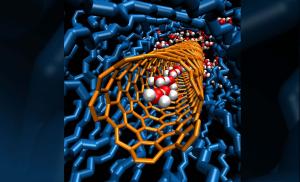
A single chain of water molecules lines the cavity inside a carbon nanotube porin, which is embedded in a lipid bilayer. Image by: Y. Zhang and Alex Noy/LLNL
Tiny tubes in the fast lane
For the first time, Lawrence Livermore researchers have shown that carbon nanotubes as small as eight-tenths of a nanometer in diameter can transport protons faster than bulk water, by an order of magnitude. The research validates a 200-year-old mechanism of proton transport.
A nanometer is one billionth of a meter. By comparison, the diameter of a human hair is 20,000 nanometers.
The transport rates in these nanotube pores, which form one-dimensional water wires, also exceed those of biological channels and man-made proton conductors, making carbon nanotubes the fastest known proton conductor.

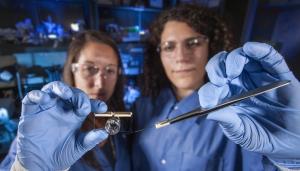
The 16-chip IBM TrueNorth platform, delivered to Lawrence Livermore, will process the equivalent of 16 million neurons and 4 billion synapses and consume the energy equivalent of a hearing-aid battery. Photo courtesy of IBM.
A brainy supercomputer
Computers are entering a new paradigm in which they can assist us with everyday tasks, like driving to a friend’s house or planning a vacation. These types of jobs are very different because they require computers to recognize patterns. To power this new era, IBM has developed a new chip modeled on the human brain.
Lawrence Livermore had received the IBM first-of-a-kind brain-inspired supercomputing platform for deep learning. Based on a breakthrough neurosynaptic computer chip called IBM TrueNorth, the scalable platform will process the equivalent of 16 million neurons and 4 billion synapses and consume the energy equivalent of a hearing aid battery — a mere 2.5 watts of power.
The brain-like, neural network design of the IBM Neuromorphic System is able to infer complex cognitive tasks such as pattern recognition and integrated sensory processing far more efficiently than conventional chips.

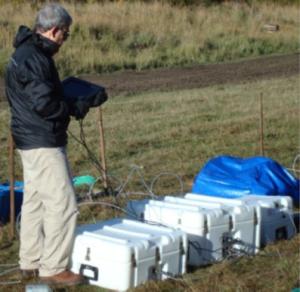
Lawrence Livermore National Laboratory scientist Charles Carrigan sets up the Subsurface Smart Sampler with handheld touch-screen panel during a noble gas field test in Slovakia.
Going after the rogues
Scientists have improved their ability to detect underground nuclear explosions set off by rogue nations, such as North Korea.
A team led by CharlesCarrigan at Lawrence Livermore used field experiments to build a new, complex model that predicts isotopic ratios of noble gases that would be released from such explosions. These gases would be carried away in the atmosphere after an explosion and investigators could look for the isotopic signatures thousands of kilometers away from the test site and even months afterward.
In this new work, Carrigan’s team injected gas tracers into an old cavity in Nevada created by an underground nuclear explosion and studied how the gases were transported and released from the cavity.
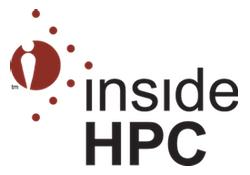
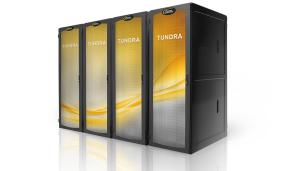
Scalable computing clusters — like the Tundra clusters being procured from Penguin Computing — are designed to be connected like Legos to create more powerful systems.
Commodity computing
The National Nuclear Security Administration’s (NNSA) acquisition of next-generation Penguin Computing clusters is bolstering “capacity” computing capability.
The new clusters under the administration’s Commodity Technology Systems (CTS) program will meet the evolving HPC needs of the NNSA’s three national security labs — Lawrence Livermore National Laboratory, Los Alamos National Laboratory and Sandia National Laboratories.
The systems will be delivered this month and will bring a total of 7 petaflops of computing power to the three Labs. These machines will serve researchers in the Advanced Simulation and Computing (ASC) program, a cornerstone of nuclear stockpile stewardship, the program to ensure the safety, security and reliability of the nation’s nuclear deterrent without underground explosive testing.
Commodity computing plays a critical role in stockpile science by providing broad access to researchers.

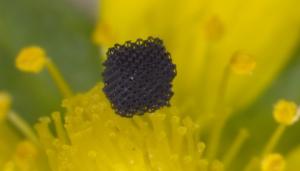
This schematic illustration shows metal oxides tented inside graphene. Many metal oxide/graphene composites help increase storage capacity in lithium-ion batteries. Image by Ryan Chen/LLNL
Batteries get a boost
Three graphene metal oxide nanocomposites could be the critical ingredient needed for improving rechargeable batteries, according to research from Lawrence Livermore.
Material scientist Morris Wang and his colleagues have demonstrated that specific metal oxides have the ability to increase the capacity and improve the cycling performance of lithium-ion batteries.
Graphene-metal oxide (GMO) nanocomposites are now well known to those working in energy storage and conversion research developing capacitors, sensors, fuel cell and pollution-removing catalytic devices. For applications in lithium-ion batteries, researchers hope that nanosized metal oxide (MO) particles and highly conductive graphene will offer benefits in shortening lithium diffusion pathways and reducing polarization in the electrode, which should enhance performance.





